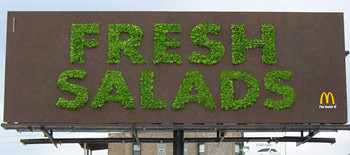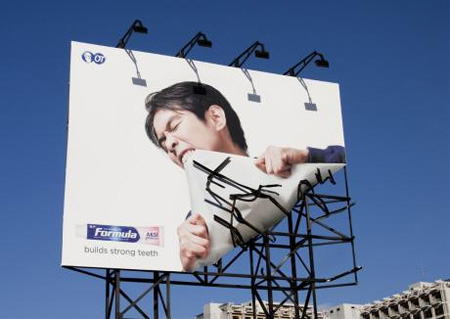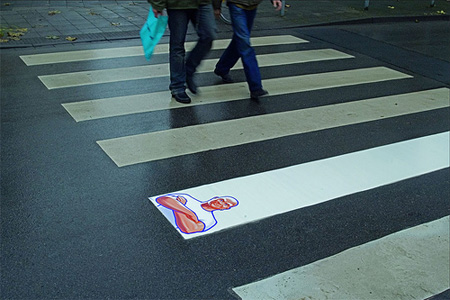This month saw the annual Macworld conference take place in San Francisco. For Apple, this is a major event, used to launch spectacular new products to an always-eager world. Apple’s customers almost seem to beg the company to sell them something new...
Notably, Apple’s charismatic CEO Steve Jobs was absent, attracting much media comment. Jobs - a co-founder of Apple along with Steve Wozniak – has not always enjoyed an easy relationship with the company. Nevertheless, he is seen as a shrewd entrepreneur who enjoys a positive profile – Jobs is Apple to many, and his infectious explanations of the latest company gems at Macworld are a key part of the Apple brand.
Jobs is a cancer survivor, and his failure to attend the event has provoked some to ask who his successor could be, and what qualities that individual should possess. Jobs has sought to distil the media furore by stating he is suffering from a hormone imbalance, from which he will recover. I hope so.
This event underscores why the role of the CEO is so important. How they build a corporate image in a way that reflects positively on a company’s products has been recognised as a way of ‘building brand awareness and knowledge in a cost-effective manner to reach specific audiences’ (Kotler & Keller 2008, p. 317). Jobs’ role at Macworld has been to promote the brand of Apple as an innovative producer of desirable products, and how successful he has been!
The power of CEOs to influence the public perception of their organisations, and thereby contribute to corporate health, is undeniable. Here are some other notable examples:
Richard Branson, who seems to enjoy a similar profile to Jobs. Virgin does possess a very strong brand identity, and Branson’s publicity stunts are well known.
Gerald Ratner, whose gaffe in the early 1990s when he described his company’s products as ‘crap’ at a key speech, was disastrous. (Now apparently known as ‘doing a Ratner’).
Bill Gates, whose massively successful company Microsoft has adopted business tactics that have been brought in to question on a number of occasions. Gates’ profile has been variable at best, although he has now started to enjoy greater recognition for his philanthropic work. How this has influenced the public’s perception of Microsoft remains to be seen, although Gates has appeared in recent adverts (‘I’m a PC’) designed to challenge Apple’s ‘I’m a Mac’ campaign. Would this have been appropriate 10 years ago?
My questions are these: if the power of mass advertising is weakening, should companies be more reliant on the personality of their CEOs? Will charismatic leadership combined with a positive media image be of more value in future, and what are the risks involved?







